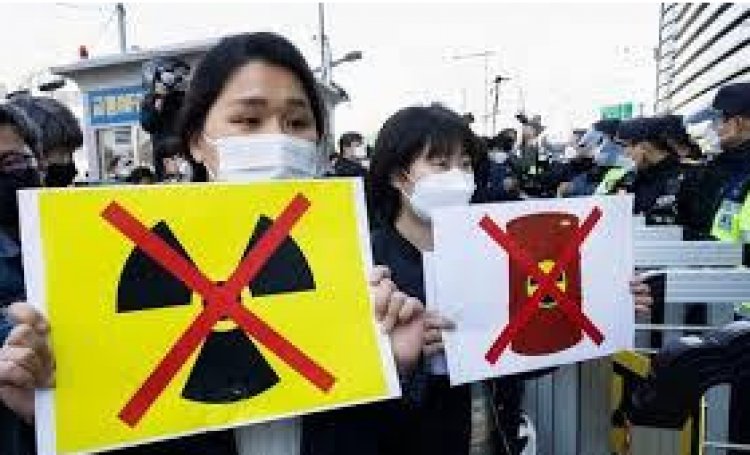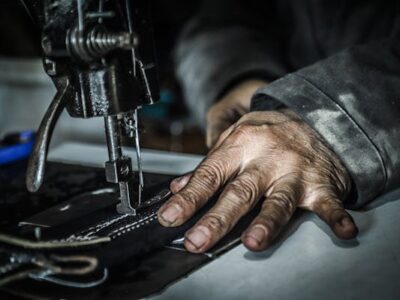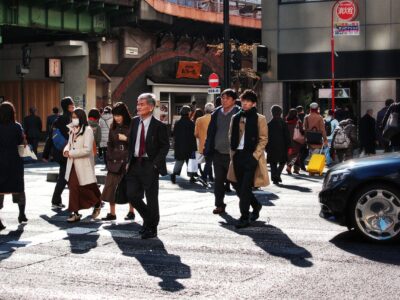In 2011, a powerful earthquake trigged a tsunami which hit the Fukushima Daiichi nuclear power plant. The waves, climbing over the fences, knocked out cooling system, causing three of its reactors to go into meltdown. Today, the plant is surrounded by huge tanks containing over a million tonnes off water used to cool the melting reactor core. The plant’s owners affirmed that they will run out of space to store them by 2022.
According to the scientist, there are 62 radioactive isotopes in the water, including: carbon-14 dangerous if ingested; caesium-137 possible cause of soft tissue cancer; strontium-90 which causes bone cancer and leukaemia. But the isotope which raises concerns is the Tritium because it is really difficult to separate from water. This is the heart of the controversy.
So, the owner’s plan is to reduce the level of radioactivity of Tritium enough to be the water in the containers better than drinkable one. This would make the problem insignificant. But how much is that in practice? And on the other hand, there is the fishing industry that already knows the perception of the danger of their fish could really significantly damage their industry.
In this situation the communication of the risk will be really difficult, considering the greatest challenge is yet to come: how to contain and safely dispose the radioactive materials from the melted cores of the three reactors.
Is it safe to dump tonnes of radioactive water into the Pacific Ocean?








Comments